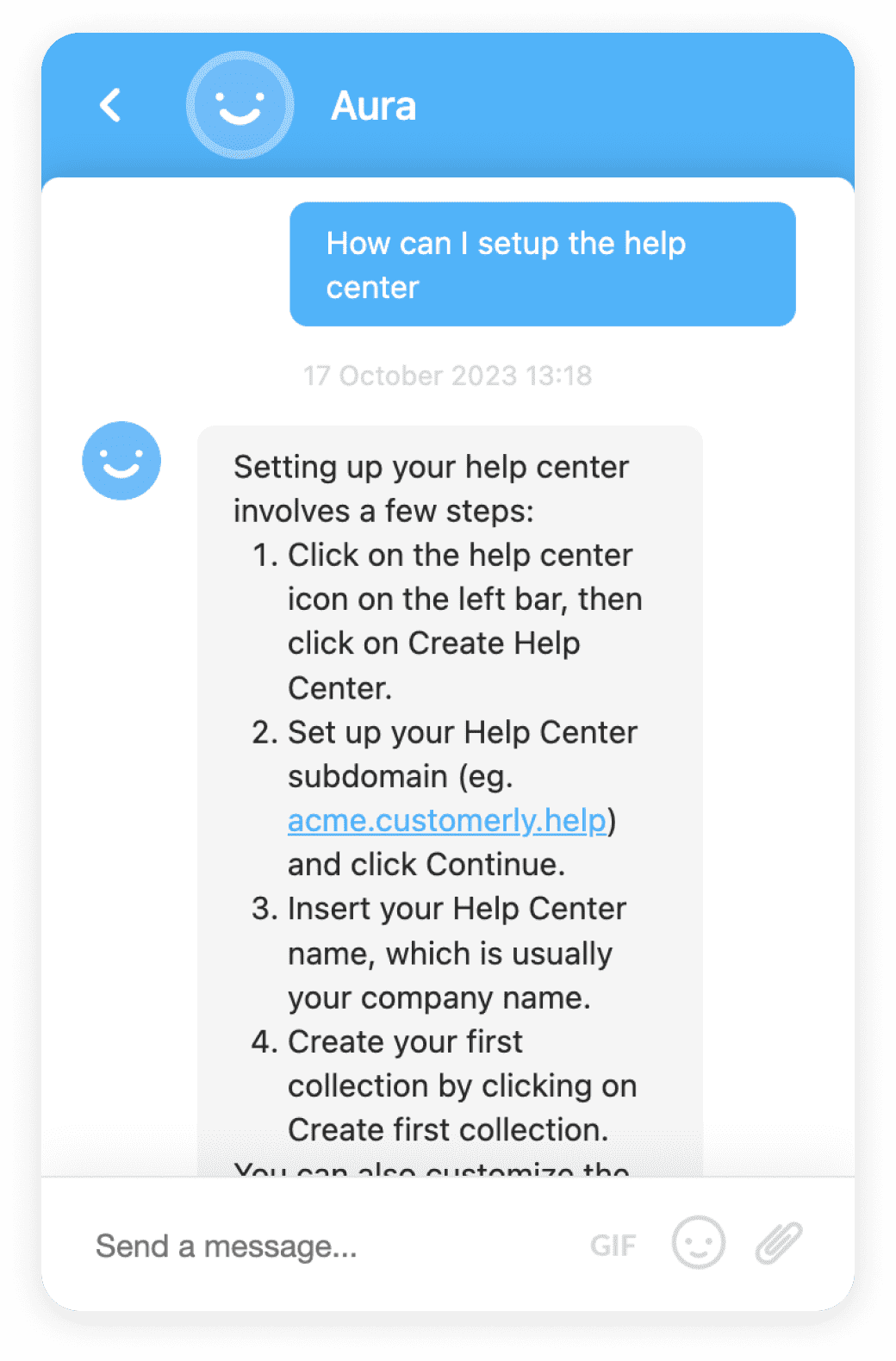DBM (Database Management)
DBM (Database Management) refers to the use of software applications to organize and manipulate databases, ensuring the consistency, integrity, and security of data.
Definition
DBM, an acronym for Database Management, refers to the use of software applications to organize and manipulate databases, ensuring the consistency, integrity, and security of the data they contain. These software applications, known as Database Management Systems (DBMS), offer a structured way to store, manage and retrieve information.
Usage and Context
DBM is essential in the modern digital world, being used in areas such as banking, airlines, universities, human resources, and more. It allows different user application programs to simultaneously access the same database. DBM can be used in small systems, such as personal digital assistants, as well as in large systems, like multinational corporations' global systems.
FAQ
What are the types of DBM?
There are four major types of DBM: Hierarchical, Network, Relational, and Object-oriented.
What is the role of DBM in businesses?
DBM plays a crucial role in businesses by providing a means to create, retrieve, update and manage data efficiently.
What are some examples of DBM software?
Examples of DBM software include Oracle, MySQL, Microsoft SQL Server, and PostgreSQL.
Related Software
Oracle, MySQL, Microsoft SQL Server, and PostgreSQL are some of the most widely used DBM software. They provide tools for data retrieval, security, and backup, among other things.
Benefits
DBM offers numerous benefits. It ensures data consistency, integrity, and security. It also provides a way to manage data efficiently, which can lead to improved decision-making in businesses.
Conclusion
In conclusion, DBM is a crucial aspect of any business or organization that deals with data. It provides a structured and efficient way to manage, retrieve, and secure data.
Related Terms
Customer Database Software Free
Customer Database Software Free is a digital tool used by businesses to manage customer data without any cost. It's beneficial for startups and small businesses.Customer Database Software Freeware
Customer Database Software Freeware is a free tool that helps businesses manage and organize their customer data effectively.DBM (Database Management)
DBM (Database Management) refers to the use of software applications to organize and manipulate databases, ensuring the consistency, integrity, and security of data.DMP (Data Management Platform)
A Data Management Platform (DMP) is a centralized system used to collect, organize, and analyze large sets of data, primarily used in digital marketing and advertising.Lead Database Integration
Lead Database Integration is the process of combining a company's lead database with its marketing, sales, and customer service platforms.Marketing Database Management
Marketing Database Management is a strategic approach for managing and utilizing marketing data to drive business performance.SQL (Sales Qualified Lead)
SQL (Sales Qualified Lead) is a prospective customer who is ready for the next stage in the sales process.











